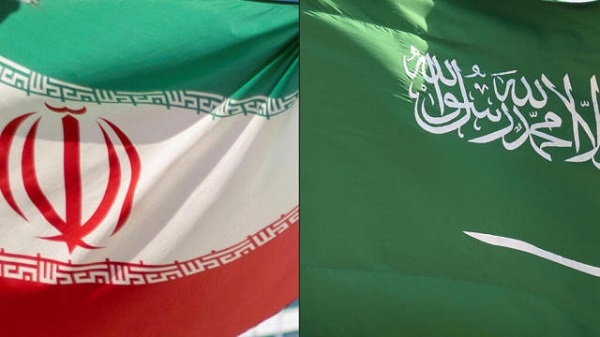The announcement on Friday was surprising yet expected. The two regional powerhouses have been in talks to re-establish diplomatic relations for nearly two years. At times, negotiators seemed to drag their feet, the deep distrust between the two countries appearing immovable, CNN reported.
Iran’s talks with Saudi Arabia were unfolding at the same time as negotiations between Iran and the US to revive the 2016 nuclear deal were faltering. The outcomes of both sets of Iran talks seemed interlinked � Riyadh and Washington have long walked in lockstep on foreign policy.
But a shift in regional alliances is afoot. Saudi Arabia’s relationship with the US has become strained in recent years, while China’s standing has risen. Unlike Washington, Beijing has shown an ability to transcend the many rivalries that criss-cross the Middle East. China has forged good diplomatic relations with countries across the region, driven by strengthening economic ties, without the Western lectures on human rights, CNN reported.
In retrospect, Beijing has been poised to broker the conflict-ridden Middle East’s latest diplomatic breakthrough for years, simultaneously underscoring the US’ diminishing regional influence, CNN reported.
“While many in Washington will view China’s emerging role as mediator in the Middle East as a threat, the reality is that a more stable Middle East where the Iranians and Saudis aren’t at each other’s throats also benefits the United States,” Trita Parsi, the executive vice president of the Washington-based Quincy Institute, tweeted Friday.
Parsi argues that the development should trigger a moment of introspection on Washington’s Middle East policy. “What should worry American decision-makers is if this becomes the new norm: the US becomes so deeply embroiled in the conflicts of our regional partners that our manoeuvrability evaporates and our past role as a peacemaker is completely ceded to China,” he added.
Friday’s agreement could herald the end of a blood-drenched era in the Middle East. Riyadh and Tehran have been at ideological and military loggerheads since Iran’s Islamic Revolution installed an anti-Western, Shia theocracy in 1979, CNN reported.
Those tensions began to escalate into a region-wide proxy war after the 2003 US invasion of Iraq spiralled into civil conflict, with both Iran and Saudi Arabia vying for influence in the petrol-rich Arab country.
Armed conflict that pitted Saudi-backed militants against Iran-backed armed groups washed over much of the region in the decade and a half that followed.
In Yemen, a Saudi-led coalition military campaign to quash Iranian-backed rebels triggered one of the world’s worst humanitarian crises. In Syria, Iran supported President Bashar al-Assad as he brutalised his own people, only to find his forces facing off with rebels backed by Saudi Arabia and other Gulf countries, CNN reported.
In Lebanon too, Iran and Saudi Arabia have backed different factions, contributing to a two-decade-long political crisis that has exacted a huge economic and security toll on the tiny eastern Mediterranean country.









